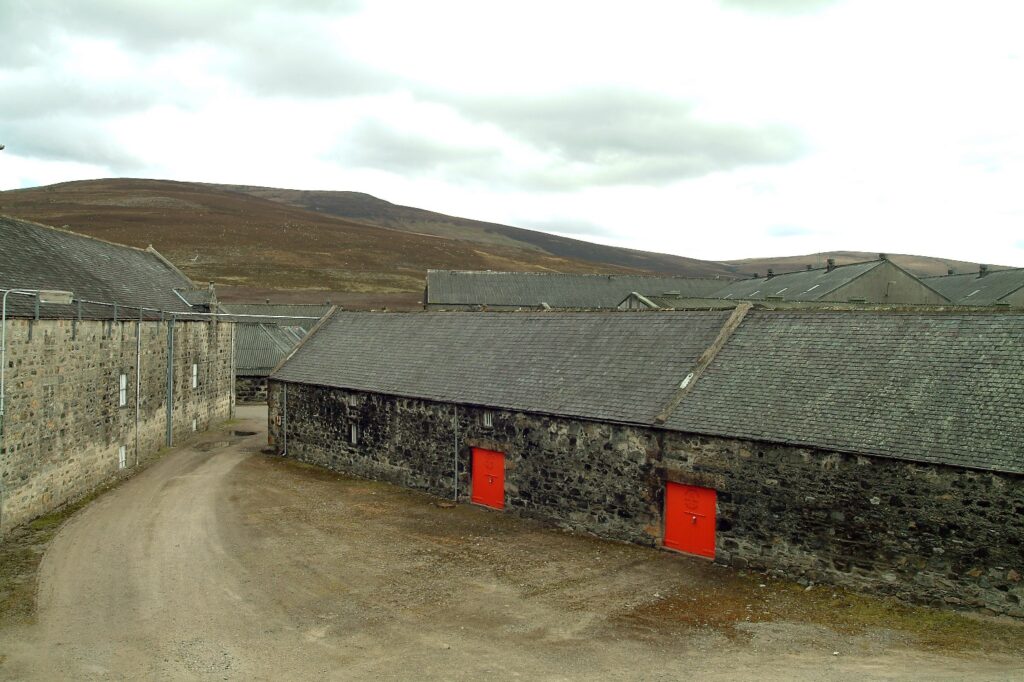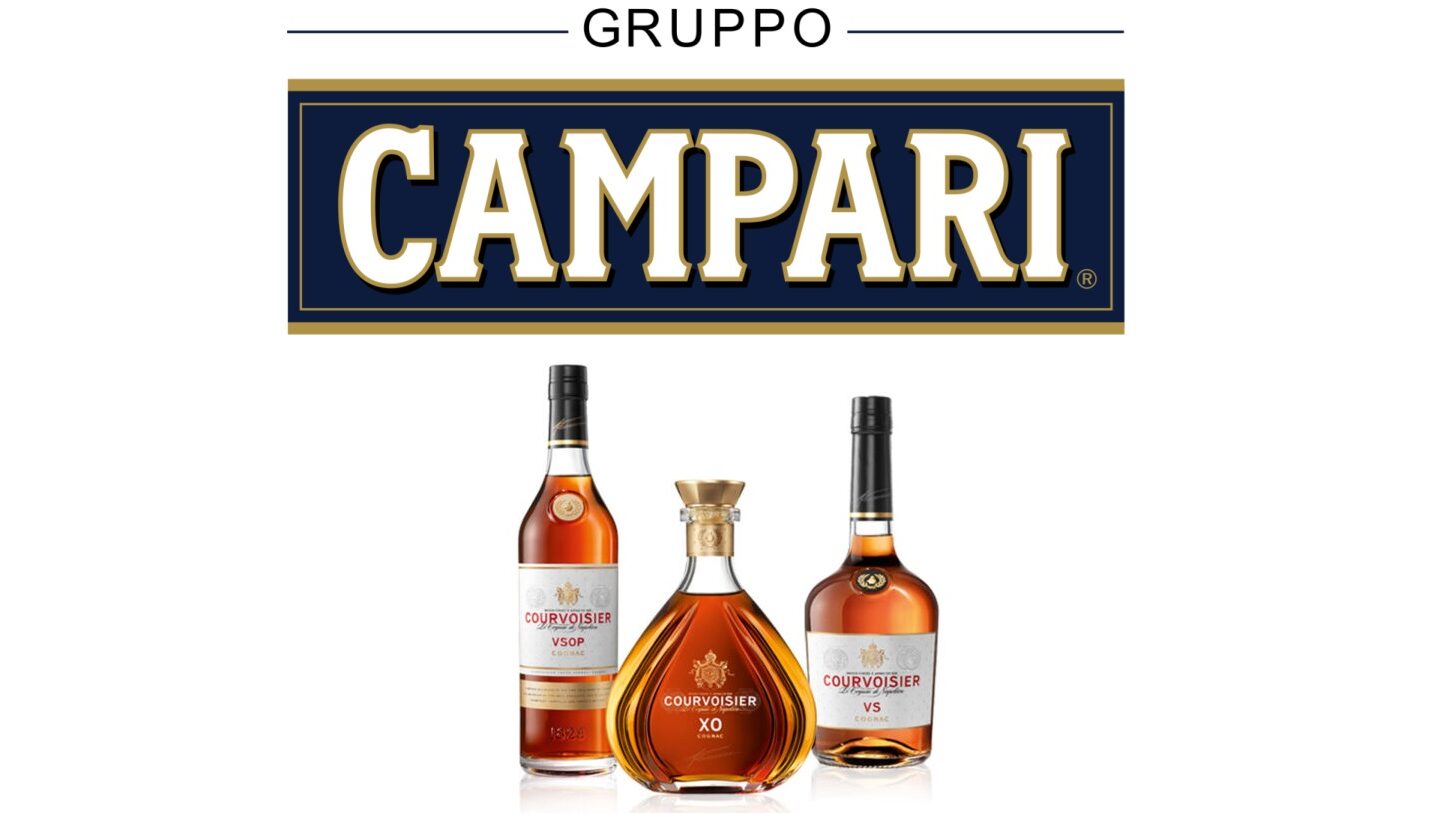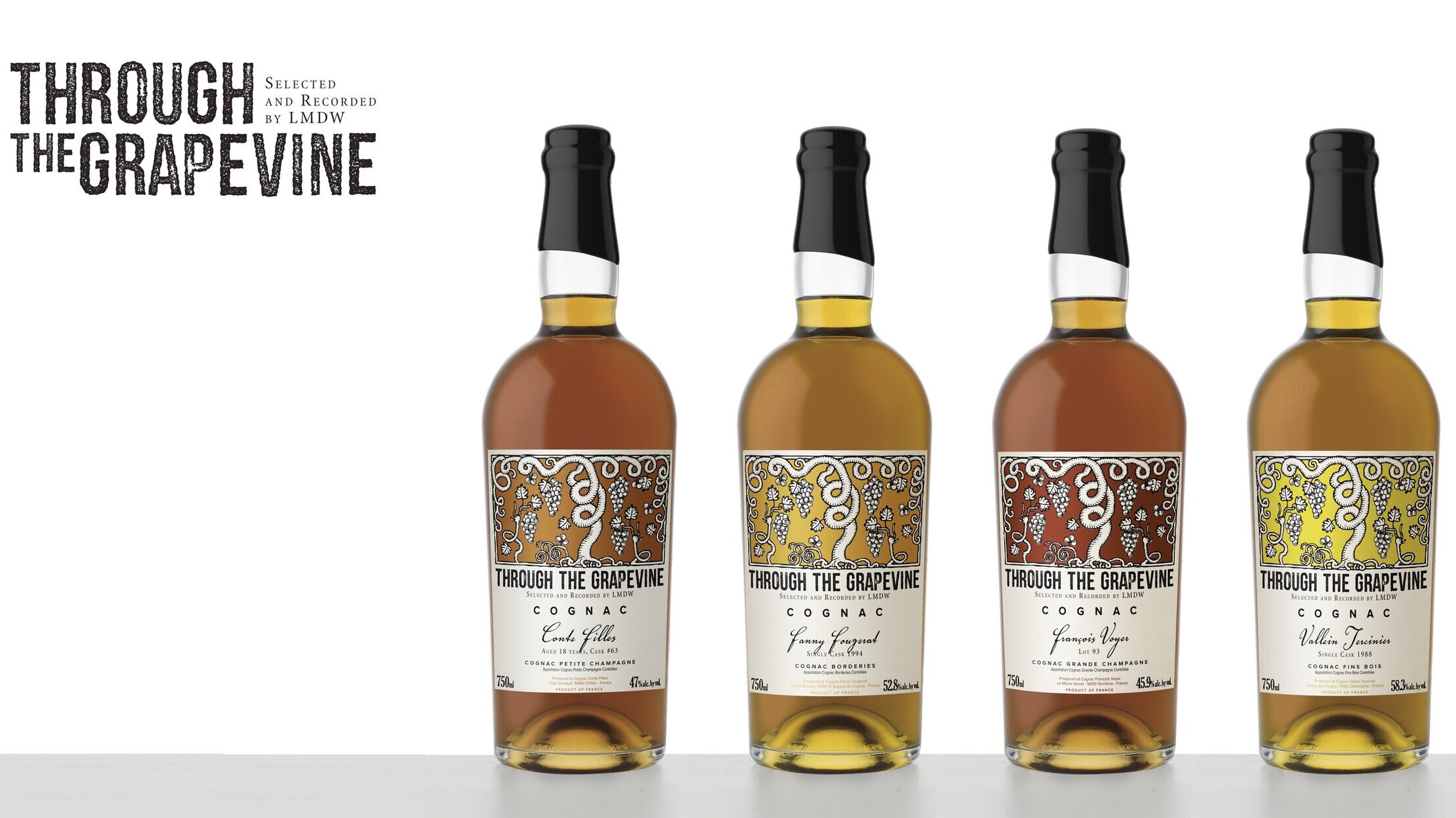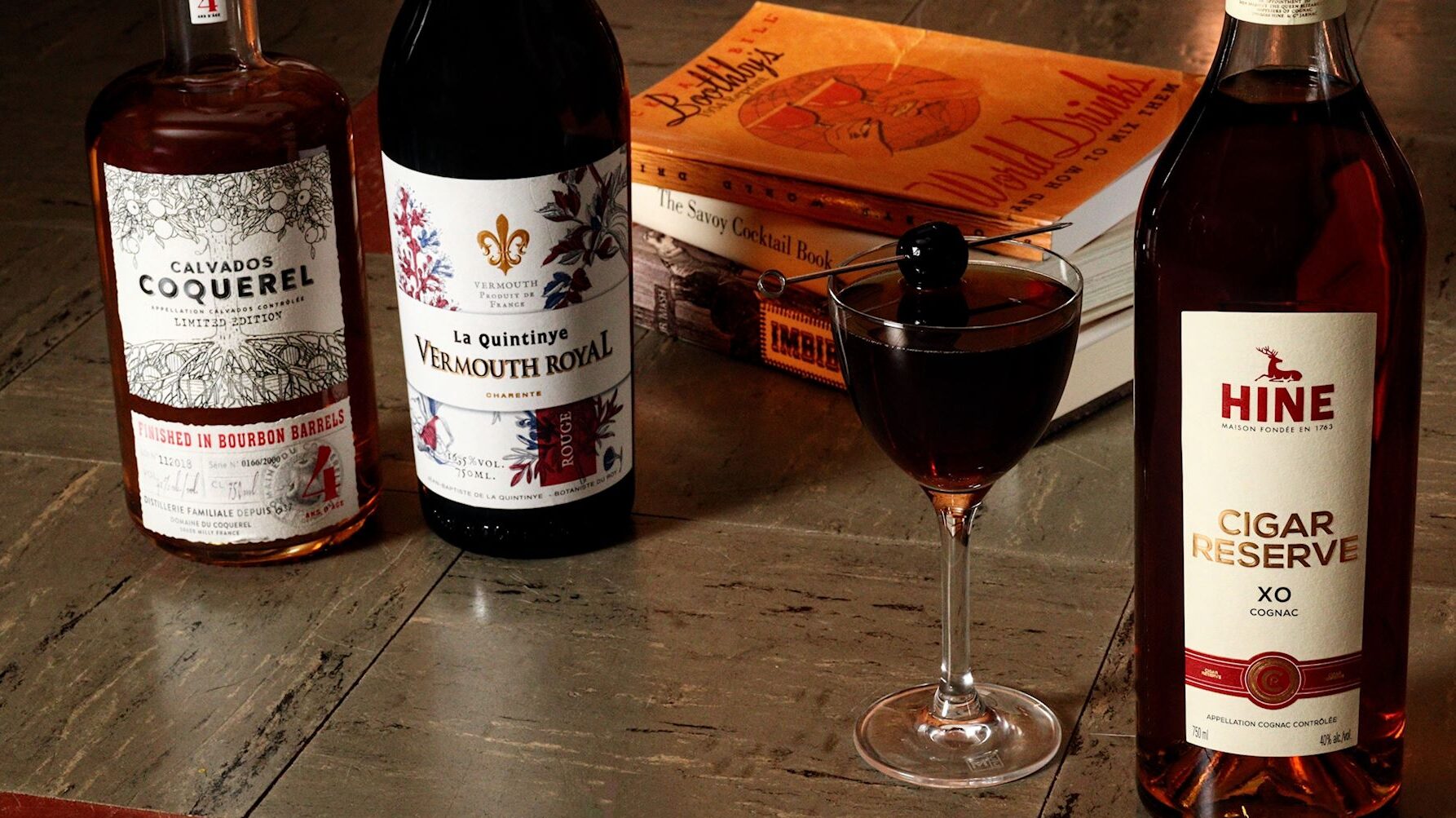As fans of cognac, we can assume that each of us have our particularly favorite brands or expressions. Maybe you really love Grande Champagne eaux-de-vie or Fins Bois really excites you. You could favor XO over VSOP or possibly you enjoy cognac that has aged in Tronçais over Limousin oak. The differences between all of these is why cognac is such an exciting category of spirit. Even with the strict regulations, the differences from one producer to the next is vast. There’s an even larger story that gets told when we dive into vintages.
When the blending of multiple barrels with different ages is removed from the equation and we focus on just one exact year, we get to look closer at how different years produce different results even if the entire production process remains consistent and exact. For a few select producers, they took their vintages on a different, more unique path, called Early Landed cognac.
This term is barely used anymore and you shouldn’t be surprised if you’ve never heard of it. In order to break down what’s special about these bottles, we need to answer the basic questions of what are they, how are they made, and why are they different?
WHAT ARE THEY?
To keep it simple, Early Landed is cognac that has partially aged in the AOC then is shipped in barrel to another country to continue/finish aging. Once it has been decided that its aging is complete, it can be bottled anywhere.
Upon reading that, you might be incredibly confused. With all the laws in place for cognac production, why would the BNIC allow for such a thing to happen? Cognac is an AOC protected product and needs to be made and aged all within the delimited region. So, why is there an exception to these rules?
To begin, the term ‘Early Landed’ comes from the phrase ‘early landed, late bottled,’ which basically breaks down to the barrels arriving to their destination early (i.e. they need to keep aging) to be bottled later. This is a bit redundant, however, as every barrel of cognac is bottled at a later point, but we digress.
What countries did these barrels get shipped to? It’s more accurate to say what country, as in there was really only one big player of note. England. Why England? It’s actually not that complicated. Not only were they one of the largest consumers of cognac in the 19th century, but many cognac producers were also of English descent. Delamain, Martell, Croizet-Eymard, and Hine are perfect examples of houses that were established by an Englishman. All of them had close ties to that country and had aging warehouses on the Thames and Avon rivers.
To give another example of English influence in cognac production, the age statement structure is partially based off of their vernacular. Very superior old pale (VSOP) was named such after a British Royal order in 1817 where King George IV specifically requested, from Hennessy, a very superior old and pale cognac to celebrate a special event. Very superior meaning of great quality, old meaning just that, and pale insinuating there wasn’t anything added to it.
With such a high demand for cognac, it seems like a logical idea to ship barrels of it to England and hang on to them there, quietly aging, until there is a local buyer. This was being done before the BNIC existed and the AOC rules were put in place. It is important to note, however, that even though shipping barrels of various spirits to the UK to be bottled later seems like it was an incredibly common practice, the only cognac house left today still doing this in any significant capacity is Hine. You can occasionally find some by Delamain, though that’s rarer.
HOW ARE THEY MADE?
This is the easiest question to answer because, as we’ve stated already, cognac is an AOC controlled product. By that definition, it has specific rules that it must adhere to in order to put the word ‘cognac’ on its label. To keep it very simple, producers must do the following:
- Vineyards must be within the delimited region
- Grapes are only harvested and distilled at certain times of the year
- They must use the approved grape varietals
- Double Charentais pot distillation is mandatory
- Aging of the eaux-de-vie in oak barrels must be for at least two years
This is a very brief and vague list of requirements as there are many more, but in terms of Early Landed cognac the only thing important to note is that the eaux-de-vie must be aged the bare minimum of two years IN the Cognac AOC to make it legally classified as cognac. Then, and only then, can it be shipped elsewhere to continue aging. Past that, it can be sent anywhere for any period of time. Also, once it’s done aging it can be bottled anywhere, as well, and does not need to return to the AOC ever again. Interesting, right?
In the early days of Early Landed cognac (wine, port, etc. could have also been handled this way), it was very common to sell the barrels to a merchant who would then age, bottle, and label it themselves. Unfortunately, we live in a world of dishonest people and this caused many issues, mostly of fraudulent products being labeled cognac which were clearly dosed or altered in some fashion to stretch the liquid and, in turn, the merchant’s wallet. The practice of a private merchant aging and bottling cognac themselves has stopped to protect the brand image and reputation.

Photo from https://cognacshow.com
That’s not to say that you can’t find a private label cognac today, they definitely exist. But the difference between then and now is that whoever is buying the barrels is not contributing to the production process. They aren’t taking the barrels and holding them in their own cellar with no accountability. They are buying fully aged, ready to go product, and simply putting their label on it.
Now, in terms of Hine specifically and their Early Landed cognac, the warehouses where the barrels age are bonded and owned by the government. The barrels themselves are still owned by Hine, but no one gets in without going through a whole process to ensure the quality of the cognac is not being threatened. It’s a highly controlled system.
WHY ARE THEY DIFFERENT?
This is the big question that comes down to mainly one thing: the aging warehouse locations. Cognac is based off terroir. Not only are we concerned about what cru the grapes were grown in and what varietal they are, but the aging is also a critical part of the formula that determines the flavor of the final product.
Within the Cognac AOC, there are two styles of aging warehouse. Some producers use humid cellars, some use dry, and many use a combination of both. Depending on which you decide to use, the end result will give you different alcohol levels, roundness/weight, and aromas/flavors.
The western coast of France where Cognac is located has some fairly big swings in temperature throughout the year. Average highs in the summer are around 80F and 35F lows in the winter. Microclimates within the region bring even greater diversity, some of which is impacted by being near the Atlantic Ocean and getting humidity fluctuation and cooler temperatures. On the far eastern side of the AOC, you’re more likely to see drier conditions and higher temperatures, relatively speaking. Again, this creates wonderful diversity within the cognac category.
In the UK, however, the weather is much more consistent. Cognac aging there sees temperatures around 46-53F with a humidity level rarely dropping below 95%. Lower temperatures mean less influence from the wood barrels and also less evaporation. Combining those together, you’re going to get a softer tasting cognac with high aromatics. They are very fresh and lively on your palate even after several decades of aging. You’ll also notice that the color of the cognac is very light because of these conditions, as well.
PRESENT DAY EXAMPLES
As we now know, Hine is really the only player in this game. For them specifically, they don’t do an Early Landed vintage every year. It depends on the harvest and how the grapes are showing. If it’s an exceptional year, after distillation they will age the eaux-de-vie as they normally do. Once the two year mark hits, they split the vintage in half. Some stays aging in France while the other half gets sent to the UK.
Cellar master Eric Forget lets them rest for at least 20 years in both locations before bottling them. There is no manipulation during their aging, either. They don’t move the barrels around in the warehouse or transfer them to older barrels at a certain point. Once they arrive in the UK, they just sit there until it’s their time.
This gives consumers the option of tasting side by side the same vintage year of cognac, from the same producer made in the exact same way, but aged in two separate locations. It’s incredibly interesting to smell and taste the differences from aging in particular climates.
If we want to get technical, there are other producers that have been doing this for a while, but just not calling their cognac Early Landed. Kelt is a good example. Their selling point is that they take fully aged cognac from Grande Champagne and put it on a boat in barrel to go on a three month journey around the world. The idea is that the motion of the boat will slosh the liquid around in the barrels for more wood contact. That, plus the salty sea air, makes for a unique aging process. This could, for all purposes, be considered Early Landed. It follows the requirements of being cognac, but is then further aged elsewhere. In this case, on the ocean in a boat.
Another example would be an experimental release from Camus. In 2020, they came out with their Caribbean Expedition. It was a VSOP aged cognac that then went on a boat trip to continuing aging in Barbados at the Foursquare rum distillery. The incredibly hot temperatures in the Bajan cellar created a higher proof, slightly funky and fruity cognac. Again, this follows all the needed requirements to be considered an Early Landed cognac.
So, why don’t they call it that on the label? I suppose that’s up to the producer and what kind of marketing they want around their brand. It’s very possible that they all feel consumers are still a bit confused as to what exactly cognac is. I certainly feel that way, hence starting the Cognac Reverie blog! If there was more verbiage on the bottle with technical terms, it could very well turn off people to your brand. Saying things like “tropical maturation” or “aged at sea” is more approachable and easier to understand for consumers than an obscure term like Early Landed. After all, at the end of the day the producers want to sell their product. This is just an educated guess, but that seems like plausible reasoning.






Loved all the history & info shared. My Dad loved his Cognac & Scotch too – kinda
like me!! I’ll be enjoying more
of your blogs as I find them!
Thank you for reading! I’m glad you enjoyed learning about Early Landed cognac.
Super interesting. Thank you for the education! Where could one purchase an early landed cognac? Is the price accessible?
I’m so glad you enjoyed the post, Anne! Some liquor stores might carry these depending on where you live or are able to procure them for you. There are some online retailers that have a great selection like Cognac Expert or Whiskey Exchange. The prices are not the most extreme, but also not super affordable. It’s a lot of effort to produce the bottles and you’re paying for the experience, which is worth it in my opinion. Cheers!